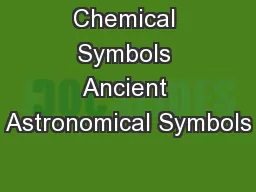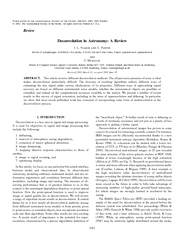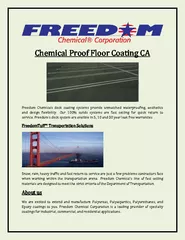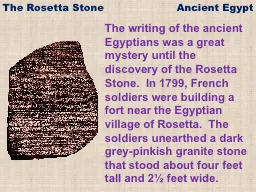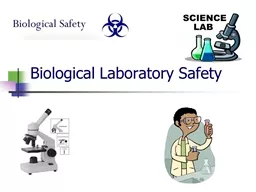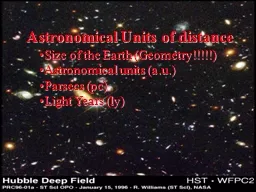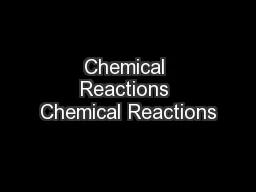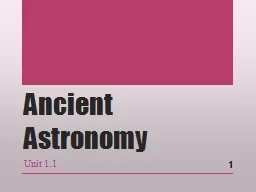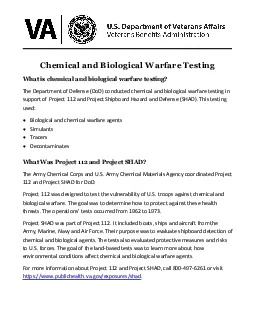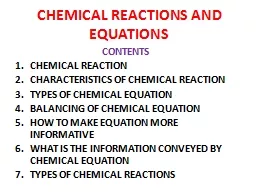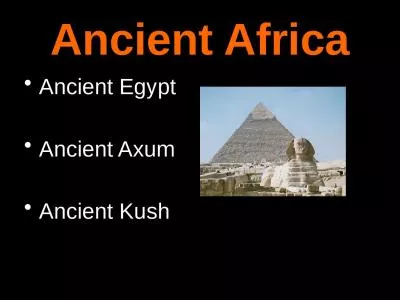PPT-Chemical Symbols Ancient Astronomical Symbols
Author : pasty-toler | Published Date : 2018-10-29
Sun Moon Mars Venus Saturn Jupiter Mercury Symbols used in the 16 th and 17 th Century Gold Silver Iron Copper Lead Tin Mercury Alchemical Symbols used in the 15
Presentation Embed Code
Download Presentation
Download Presentation The PPT/PDF document "Chemical Symbols Ancient Astronomical Sy..." is the property of its rightful owner. Permission is granted to download and print the materials on this website for personal, non-commercial use only, and to display it on your personal computer provided you do not modify the materials and that you retain all copyright notices contained in the materials. By downloading content from our website, you accept the terms of this agreement.
Chemical Symbols Ancient Astronomical Symbols: Transcript
Download Rules Of Document
"Chemical Symbols Ancient Astronomical Symbols"The content belongs to its owner. You may download and print it for personal use, without modification, and keep all copyright notices. By downloading, you agree to these terms.
Related Documents

